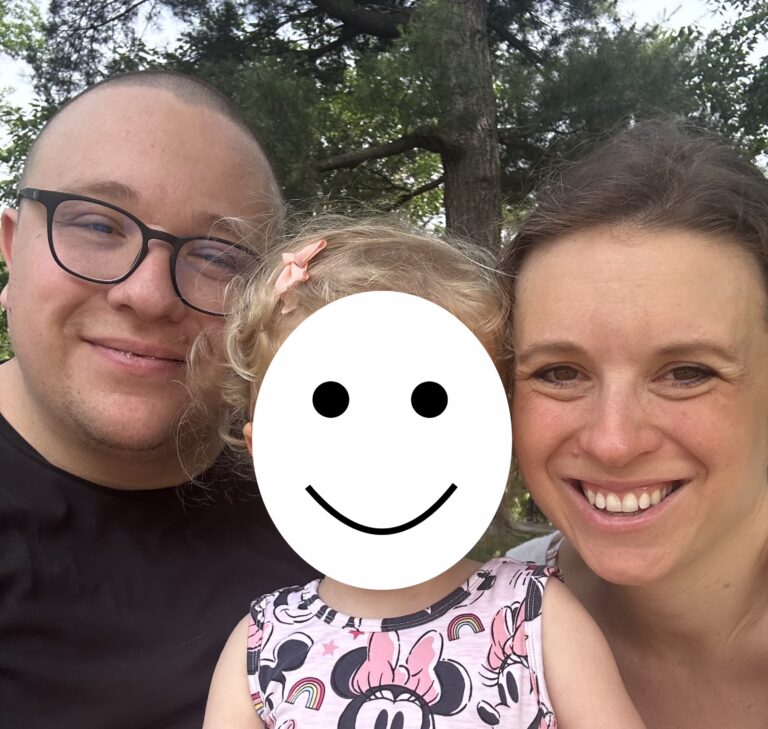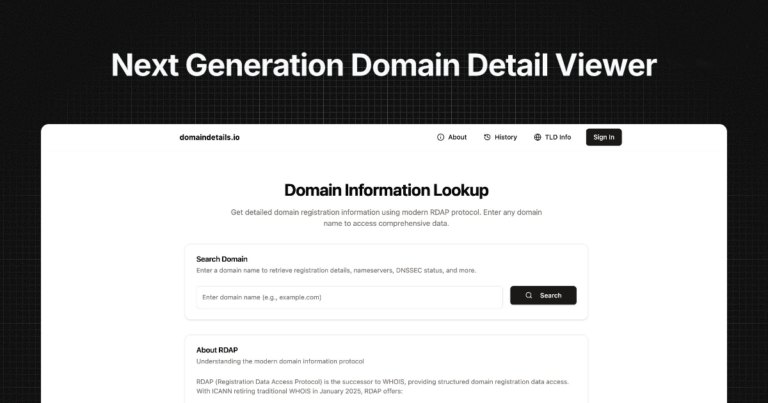Done is better than perfectWhy it’s better to ship fast and iterate than trying to attain “perfection”
Hey friends! This week’s issue is finally coming to you on a Tuesday again, this time from sunny Verona where we’re doing a day-trip to. Happy easter to all those celebrating!
Today, I want to dive deeper into a concept that’s crucial for anyone looking to bring a new product or service to life: the Minimum Viable Product, or MVP. But before we get into the details, let’s talk about a trap that many of us, especially in the tech and creator world, often fall into: the perfectionism trap.
You know how it goes. You have this brilliant idea for a product or service, and you start building it with enthusiasm and passion. But as you go along, you keep thinking of new features to add, new improvements to make. “Just one more thing,” you tell yourself, “and it will be perfect.”
Weeks turn into months, and before you know it, you’re stuck in an endless cycle of tweaking and refining, never quite satisfied with what you’ve built. Meanwhile, your potential customers are still waiting, and you’re missing out on valuable feedback and opportunities to learn and grow.
I’ve been there myself, more times than I care to admit. But over the years, I’ve come to realize that done is better than perfect. It’s better to ship fast and iterate than to get caught up in the pursuit of an elusive ideal. And that’s where the MVP comes in.
If you’re not familiar with the term, an MVP is essentially a version of your product that has just enough features to be usable by early customers. The goal is to provide enough value to attract these early adopters, while also allowing you to collect valuable feedback and validate your assumptions about what your users really want and need.
Now, I know what some of you might be thinking. “But Julian, doesn’t an MVP mean putting out a subpar product? Won’t that hurt my brand and disappoint my customers?” And I get it. In today’s competitive market, design and user experience matter more than ever. No one wants to use an app or website that looks like it was built in the 90s.
But here’s the thing: while design is important, the core functionality of your product is even more critical. Your MVP should be focused on delivering that one key feature that sets you apart, that solves a real problem for your users. If you get that right, they’ll be much more forgiving of a few rough edges around the design.
Of course, this doesn’t mean you should ignore design altogether, or adopt an “I’ll fix it later” mentality. That can be a dangerous overcorrection that leads to sloppy, unmaintainable code and a product that never quite lives up to its potential. Instead, make a clear, actionable plan for the improvements and enhancements you want to make post-launch. Keep a backlog of user feedback and prioritize the changes that will have the biggest impact on your customers’ experience.
That’s exactly the approach we’re taking with TinyPaws, the new app we’re launching under the Nutrified brand. TinyPaws is an extension of Nutrified’s mission to promote pet wellbeing, and we have a full roadmap of features and improvements we’re excited to implement. But for our initial launch, we’re focusing on the core functionality: photo uploads and email blasts for friends and family.
In two weeks, we’ll be opening up signups for a select group of early adopters to test the app and provide feedback. Your input will be invaluable as we iterate and improve TinyPaws, adding new features one at a time while ensuring that each release is stable, usable, and valuable to you – our users.
I’ve learned this lesson the hard way, through many failed projects and missed opportunities. As much as I love to build and tinker, I’ve often fallen victim to the “one more thing” mentality, delaying the moment of truth when I put my creation out there for the world to see and judge. It’s a scary feeling to open up and verify and the results don’t always represent what we had hoped.
It’s a hard habit to break, but I’m determined to keep trying.
This is what the MVP mindset is all about: starting small, learning fast, and building momentum towards your ultimate vision. It’s about having the humility to know that you don’t have all the answers upfront, and the flexibility to adapt and evolve based on what you learn from your customers.
So if you’re working on a new product or feature, I encourage you to embrace the MVP approach. Focus on that core value proposition, get it into the hands of real users as soon as possible, and then listen carefully to what they have to say. It might feel scary to put something imperfect out into the world, but trust me: it’s the fastest way to learn, grow, and ultimately build something truly great.
As always, I’d love to hear your thoughts and experiences with MVPs and the “lean startup methodology”. Feel free to hit reply and share your stories – I read and appreciate every message.
Love from Verona,
Julian
P.S. If you’re interested in being one of the first to try out TinyPaws, keep an eye out for the signup form in the coming weeks! I can’t wait to share it with you and hear your feedback.







One Comment